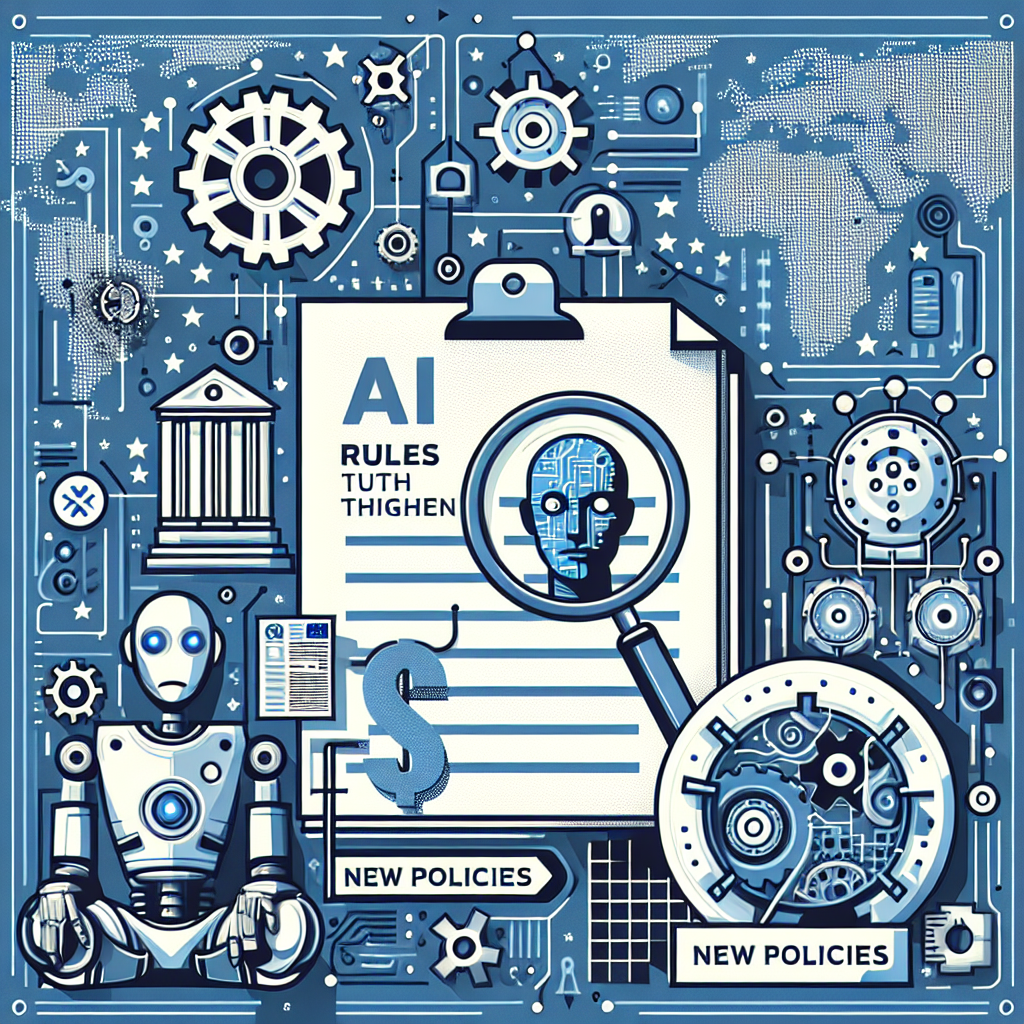EU Passes Landmark AI Act, Industry Prepares

Parliament backs first comprehensive AI law
The European Parliament has approved the Artificial Intelligence Act, a sweeping law that sets rules for how AI can be built and used in the European Union. Lawmakers say the measure aims to protect fundamental rights while allowing innovation. The vote caps years of debate and positions Europe as a global rule-maker for the fast-moving technology.
EU officials describe the law as risk-based. It bans some practices, imposes strict duties on high-risk systems, and sets transparency rules for general-purpose AI models. The law will take effect in stages over the next two years. Some bans apply sooner. Most obligations apply later, giving companies time to adapt.
Thierry Breton, the EU commissioner for the internal market, praised the outcome. He said Europe is taking the lead. “Europe is now the first continent to set clear rules for AI,” Breton wrote on X after the political agreement.
What the AI Act does
- Bans certain AI uses. The law prohibits practices viewed as an “unacceptable risk.” This includes social scoring by public authorities and indiscriminate scraping of facial images from the internet or CCTV to build databases. It also sharply restricts real-time remote biometric identification in public spaces, allowing it only under narrow law‑enforcement exceptions with strong safeguards and prior authorization.
- Sets strict rules for high-risk systems. AI used in critical areas such as infrastructure, education, employment, essential services, law enforcement, migration, and justice faces extra duties. Providers must ensure risk management, high-quality data, human oversight, and cybersecurity. Deployers must use systems as intended and keep records. Public bodies using high‑risk AI must conduct fundamental rights impact assessments.
- Creates obligations for general-purpose AI. Providers of so‑called foundation models must offer technical documentation and comply with EU copyright rules, including honoring opt‑outs. They must publish a “sufficiently detailed summary” of training data to support transparency. More powerful models face additional safety, reporting, and evaluation duties.
- Introduces fines. Penalties depend on the breach. For the most serious violations, fines can reach up to 35 million euros or 7% of global annual turnover, whichever is higher. Lower tiers apply to other violations and to smaller firms.
In an official summary, the European Parliament said the law’s goal is “to ensure that AI systems used in the EU are safe and respect fundamental rights.”
Why it matters
The law is the first comprehensive attempt by a major economy to regulate AI across sectors. It follows a series of high‑profile advances, from generative models that write code and compose images to complex systems that make decisions about people. Supporters say rules are needed to build trust and prevent harm.
Industry groups warn about costs and complexity. Startups fear the burden could fall hardest on smaller teams. Large platforms worry about fragmented enforcement. The EU says the text balances safety and growth. It includes lighter obligations for small and medium‑sized enterprises, sandboxes for testing, and time to comply.
How the rules will roll out
- Entry into force. The regulation enters into force after publication in the EU’s Official Journal.
- Phased application. Bans on the most harmful practices apply first. Many high‑risk obligations apply after a longer transition, generally around two years after entry into force. Some sector‑specific duties may take even longer.
- New enforcement bodies. The European Commission will host an AI Office to oversee general‑purpose models and to coordinate. National authorities will supervise most uses within their borders. A European Board for AI will help align enforcement.
Companies will face documentation duties, audits, and monitoring once their systems are in scope. Providers must register high‑risk systems in an EU database before marketing them. Deployers need to check that their use case is allowed and that they have the right controls in place.
Reactions from civil society and industry
Digital rights groups welcome bans on social scoring and mass scraping of faces. They argue this will help stop intrusive surveillance. Some groups say the law should have gone further on biometric systems and predictive policing. They will watch enforcement closely.
Tech firms say they support clear rules but want legal certainty. Model providers are studying the transparency requirement for training data summaries. They warn that disclosures must protect trade secrets and security. Enterprise users are starting to map where their systems fall in the risk ladder.
Universities and hospitals expect new work on data governance. They must show that datasets are relevant, representative, and free of bias as far as possible. Employers plan to review hiring and monitoring tools. Public agencies face added duties to assess effects on rights when they deploy high‑risk AI.
Global ripple effects
Regulators outside Europe are moving too, but with different approaches. The United States has issued an executive order on AI safety and security. It pushes for testing, cybersecurity, and privacy safeguards across government and critical sectors. The National Institute of Standards and Technology released an AI Risk Management Framework to guide organizations. The United Kingdom hosted the AI Safety Summit and issued voluntary commitments with major model providers. G7 countries agreed on a code of conduct for advanced AI developers.
Analysts say the EU law may set a de facto global standard, as the GDPR did for privacy. Multinational firms often harmonize their products to meet the strictest rules. That could bring more transparency and a baseline of safety across markets. It could also increase compliance costs and shape where companies launch features first.
What organizations should do now
- Map your AI systems. Identify where and how AI is used. Classify applications by risk. Decide which are in the law’s scope.
- Build governance. Set up policies, roles, and escalation paths. Document data sources, training methods, and intended uses.
- Assess impacts. For high‑risk uses, plan risk assessments and, where required, fundamental rights impact assessments.
- Test and monitor. Establish pre‑deployment testing, human oversight, and post‑market monitoring. Track incidents and improvements.
- Prepare transparency. Update user information, labels, and documentation. For general‑purpose models, plan for training‑data summaries consistent with IP and security.
- Engage early. Join regulatory sandboxes or industry consortia. Follow guidance from the AI Office and national authorities.
The road ahead
The AI Act will evolve as the technology does. The Commission can adopt standards and guidance to fill in details. Courts will interpret the law over time. Success will depend on funding for supervisors, coordination across member states, and practical guidance for developers and users.
The stakes are high. AI is already shaping healthcare, mobility, finance, and public services. With the new law, Europe has set a marker for how to govern powerful systems. Supporters hope it will protect rights and strengthen trust. Critics worry about red tape and slower innovation. What happens next will depend on how fairly and consistently the rules are applied, and how well companies rise to the challenge.
























































































































































































































































































